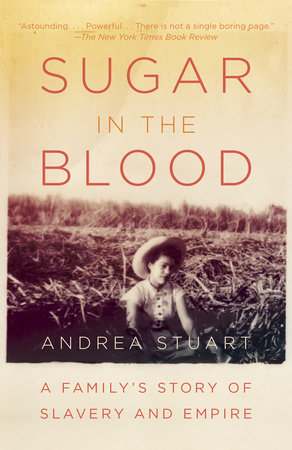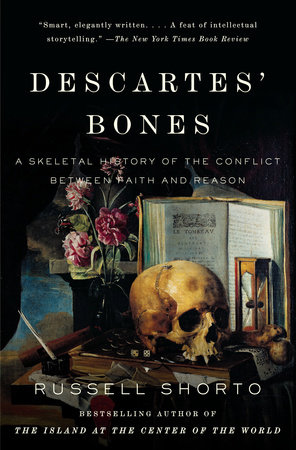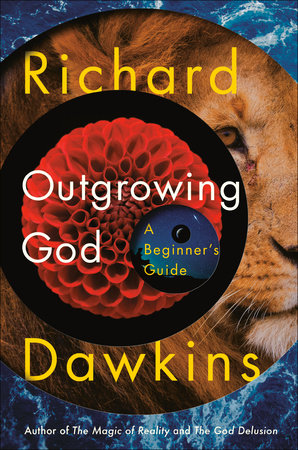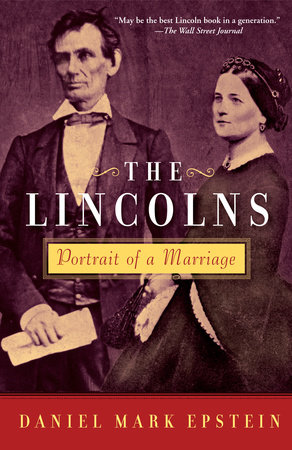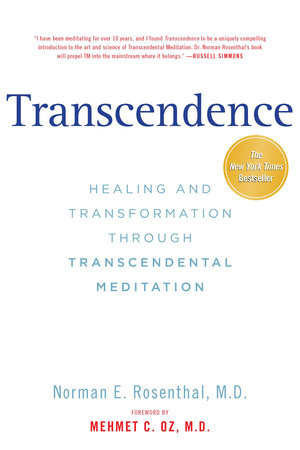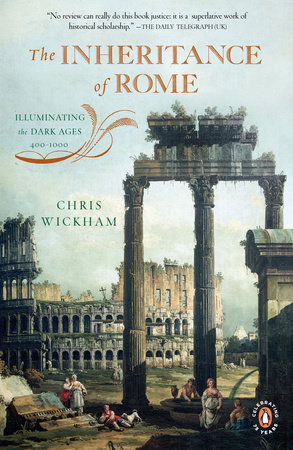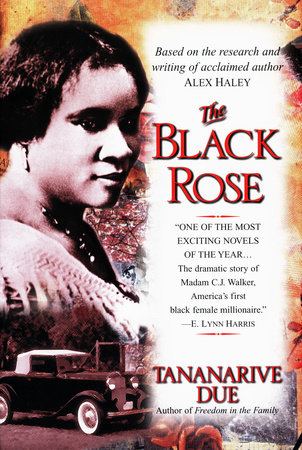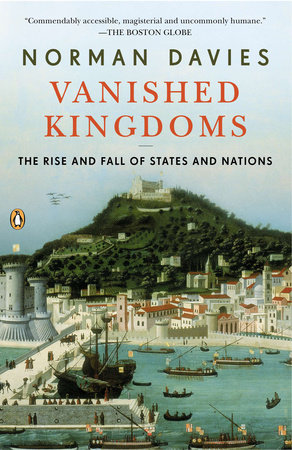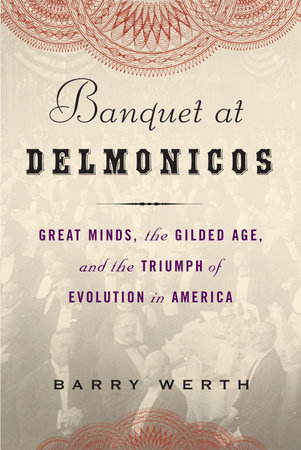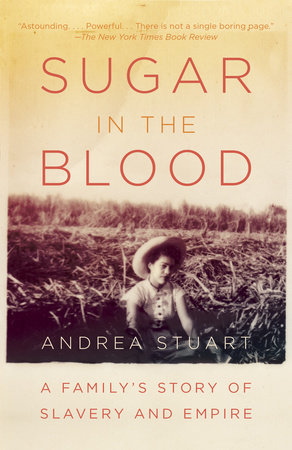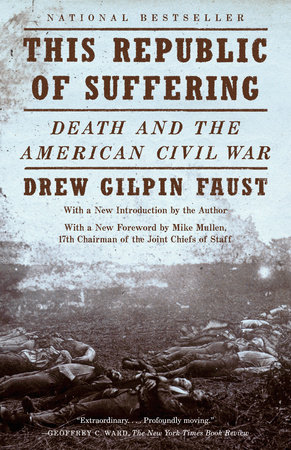Author Q&A
Q: What inspired you to write Sugar in the Blood? Is there a specific moment you can point to as the impetus for mapping the intertwined histories of your family and the sugar trade in Barbados?
A: I always wanted to write about my maternal family – largely thanks to my Uncle Trevor who was a real raconteur. He told me wonderful stories about my family’s plantation background, replete with hilarious anecdotes about local characters and tragic, dramatic family members. But in the context of writing the book, it took me a long time to really intuit what the wider story was; that is, that my family was typical of millions of others who were shaped by the epic forces of sugar production, slavery and colonial settlement. Once I realized this I knew how I wanted to proceed, that I wanted to intertwine my family’s very intimate, very particular narrative with the wider story of how the sugar trade evolved in the Americas.
Q: The narrative of the book is determined by a long genealogical chain linking you all the way back to the seventeenth century and a man named George Ashby, who was among the first settlers to arrive in Barbados. Did you unearth your family’s connection to the early history of Barbados by digging in the archives or is this something that you were aware of from a young age?
A: As a child, like most people, I knew next to nothing about my family history, and was far too busy with the job of being young to care about it. But as I grew up and realized that the older generation of my family would not be around forever, I started to pay more attention to my family’s past. Like most people who become interested in genealogy, I started by questioning my relatives and family friends, and tried to collect family memorabilia. In the process of badgering relatives I had a stroke of luck; I discovered that a distant cousin had begun putting together a family tree. When we met he presented me with a family tree that went back to the eighteenth century. Of course I was elated. His efforts gave me something to build on and eventually I managed –with the help of a professional genealogist – to trace my family on the island back to the middle of the seventeenth century. When a blacksmith called George Ashby, set sail from England, along with thousands of others to make a new life in the New World.
Q: What was the most surprising personal discovery you made while writing this book?
A: There were so many surprises in writing the book. The most exhilarating one was when I managed to identify my first slave ancestor, John Stephen Ashby. I found him on a slave return, listed as ‘14 years old’, ‘colored’ and ‘a laborer’. I was so thrilled I burst into spontaneous tears. By identifying him and bringing his story to life, I felt that I had managed to defy the slave system, which makes it almost impossible to track and name slave ancestors. Of course there were other surprises. The discovery that John Stephen was one of 17 slave offspring born to his planter father, alongside his legitimate white family, was also a shock.
In a wider context I was also surprised by some of the realities of Atlantic slavery. I had thought I was well informed about the slave trade itself, but I discovered that the capture and shipment of slaves to the Americas was altogether more arduous and terrible than I had previously imagined. Indeed I realized that the infamous ‘Middle Passage’, which documents the horrors of the sea journey to the New World, was only the last part of the process for captured slaves. Most would have spent many months trekking across the African continent, after their capture, only to arrive at slave forts, where they were imprisoned for a further few months, before they were even put aboard a slave ship.
I had also thought that I was aware of how terrible plantation slavery was. But again I realized that I had underestimated its horrors. The average plantation had at least 60 punishments a day, ranging from ad hoc beatings to torture and amputations. So the sound of screams and groans was the soundtrack of the plantation. It is a mark of how barbaric the New World planter’s were, that the resurrected the ancient punishment of burning ‘by slow fire’ to punish their slaves.
Q: Was it difficult to come to terms with the understanding that you are descended both from slaves and from slave owners?
A: Initially the realization that my white planter ancestor had no compunction about enslaving his own offspring was shocking. But once I understand how warped the mores of the slave system were, I began to understand. Plantation life was a kind of intimate terrorism, where oppressor and oppressed lived cheek by jowl; where the exploitation of slave women was endemic, and the children they bore were seen merely as an extension of the planters ‘human property.’ I understood that my family’s story was shared by many, and that Atlantic slavery debased and corrupted slave owners as much as it did slaves.
Q: In the book you write “[b]y the middle of the eighteenth century the Caribbean sugar islands were more than valuable to their colonial masters: they were priceless.” Can you say a little about the dramatic change Barbados underwent once the focus shifted from farming tobacco to producing sugar? What drove the value of sugar? What impact did this value have on the slave trade?
A: The history of Barbados is s a fascinating one. Settled by the British in the 1627, the first generations of planters tried a number of crops: tobacco, indigo and cotton to make a living. But the tobacco crop didn’t work there and neither did the others. Fearful that they would have to abandon this colonial experiment, the desperate planter experimented with sugar. Their timing was perfect; since the sugar production in Brazil and Cuba was faltering. Once the production of sugar on the island got underway, the market would grow exponentially. And the planters of Barbados, who had previously relied largely on white indentured servants, now were looking for a bigger pool of workers; hence the stepping up of the African slave trade. As a result of the world’s insatiable desire for sugar, by the 1670’s the planters of Barbados were the richest men in all of colonial America; and they were outnumbered by their black slaves four to one.
Q: Would slavery in the future United States would have developed differently if it weren’t for the experience of settlers coming to the colonies from the Caribbean?
A: I think that the evolution of slavery in mainland America would very likely have been very different, where it not for what unfolded in the Caribbean. We must remember that the island of Barbados was once described as the ‘nursery for planting other places’; that is, it was the place where the plantation system was first pioneered and shaped. And it was the planters of the English Caribbean who created the legal model that would later be adapted by the mainland planters, thereby providing the blueprint on how to manage and police a slave society.
Q: You address the pervasive sexual exploitation of female slaves and we meet a number of planters who even catalogue their behavior in journals and diaries. How were the children who came about as a result of this abuse treated on the plantations? How did they think of themselves in relation to each other?
A: As a result of the pervasive exploitation of slave women, many children were born to planters and their slaves. But their treatment was often ambivalent. Some slave owners acknowledged them, others ignored them; a tiny minority were even given real privileges and protection. Even more complicated is how slave children related to each other. Since many planters encouraged slaves to reproduce but didn’t encourage men to be involved in raising their offspring, or women to remain with their partners, many slave children, were alienated from their fathers and didn’t feel connected to their siblings. As the American ex-slave and abolitionist Frederick Douglass concluded sadly: ‘slavery abolished families’.
Q: With the lives of the majority of people in the West Indies linked to the sugar trade it seems that there would be fewer people willing to speak out against the atrocity of slavery and weight of Empire. What form did the abolition movement in the Caribbean take? Was it driven primarily by violent revolts?
A: In Britain where I now live, the abolitionist movement is largely presented as an initiative shaped in the drawing rooms of the mother country and pushed through by a handful of now famous men, like William Wilberforce and Granville Sharpe. But the reality was that the slaves of the New World worked constantly for their own emancipation. They never stopped resisting their own enslavement, and by the latter part of the eighteenth century, slave rebellions were so frequent that the authority’s never had a chance to catch their breath. The most impressive of these of course, was the 12 year old rebellion in Haiti, in which the much denigrated slaves, managed to eventually defeat both the British and French forces; to create the first free society in plantation America.
Q: You’ve also written a biography examining the life of Napoleon’s first wife Joséphine. Was Sugar in the Blood a different experience for you as a writer? Does writing about history change when you know that you are, in some way, writing about yourself?
A: Sugar in the Blood was a very different experience from writing my previous book, which was a biography of Napoleon’s Empress Josephine. The intensely personal nature of Sugar in the Blood, made it an altogether more emotional, upsetting journey than any previous other writing projects. Though I believe that all my books are in some way, working through themes that are significant to me; with Sugar in The Blood I was in the eyes of the storm. When the history that you are exploring is the history, that made your family, and the history that shaped their beliefs and attitudes, it is inevitable that its impact was very profound.
Q: What’s next for you now?
A: I’m working on two projects at the moment. One is a non-fiction project that explores the repercussions of Atlantic slavery; the other is a fiction set in the eighteenth century.
